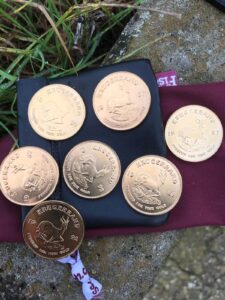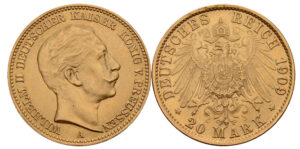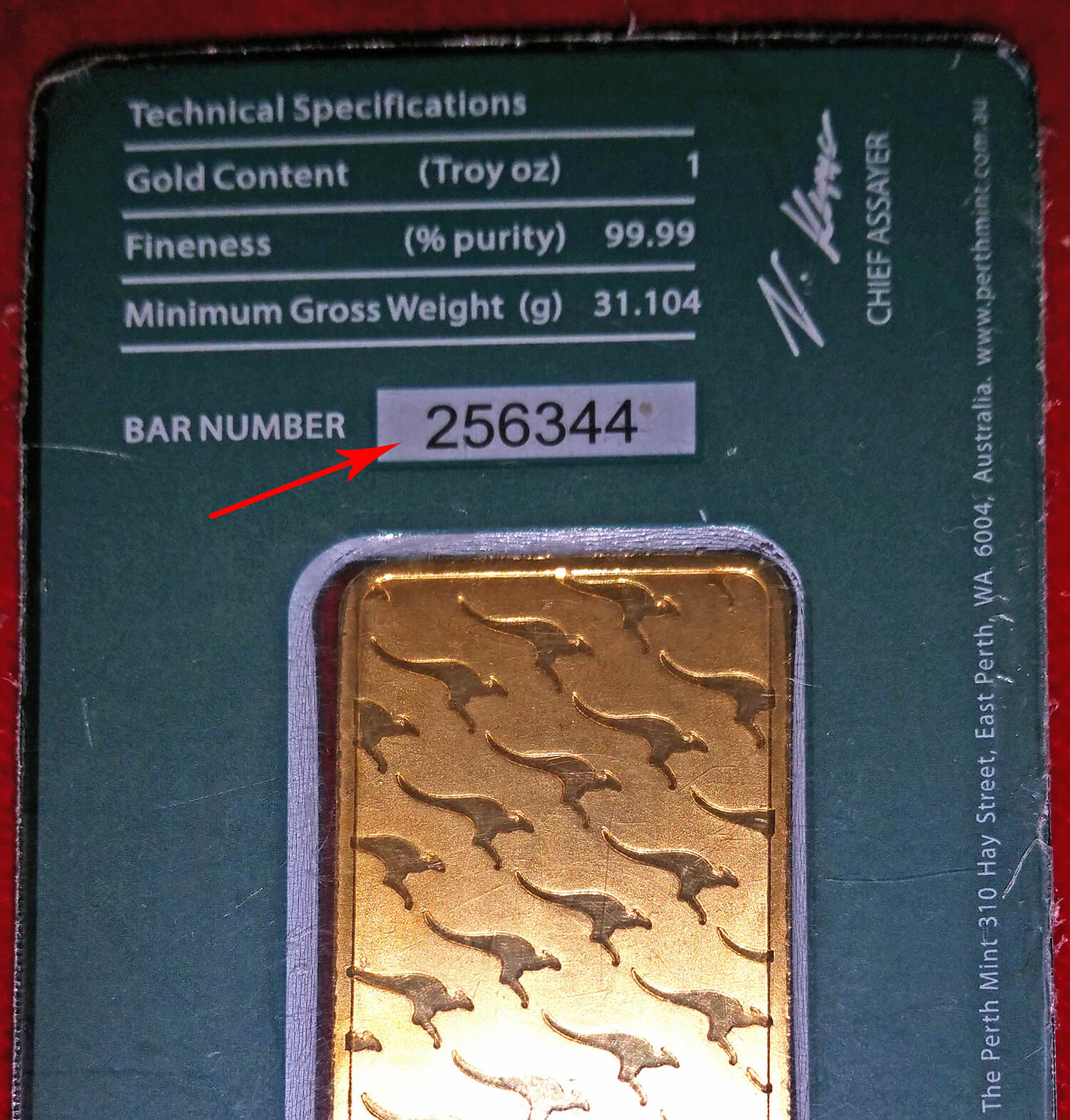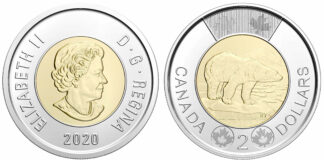
Eight years ago, during the International Precious Metals & Commodities Show in Munich, I had the opportunity to present a talk entitled ‘The Counterfeiting of Coins and Bars’.
At that time, our greatest concern was the new fake coins and bars, made from tungsten, that had just appeared on the market. The products, which were easily accessible online, created uncertainty among dealers and potential investors alike. We were all asking ourselves the same question: how can we reliably and effectively safeguard against this kind of forgery? When we looked at the testing methods used at the time, it became clear that, due to the fact that gold and tungsten have an almost identical specific weight (density), one of the most reliable and frequently used testing methods – density measurement – was rendered completely useless.
Tungsten Fakes – the New Major Threat?
It was also unclear whether X-ray fluorescence (XRF) could be a viable solution. Due to the fact that X-rays cannot penetrate very far into gold (approx. 8 to 10 µm), the test results could not be considered reliable or conclusive. For example, if XRF analysis was used to test a copy that had been gilded, the results were often correct; however, if the copy had a coating of gold plate, the results would be entirely incorrect.
The only method that was actually still suitable for use was ultrasound testing. But even this method has considerable limits, as it is generally only effective when testing bars (as it requires smooth contact surfaces) and then only when the test pieces are unpackaged.
Furthermore, the conductivity testing equipment on the market at the time was not designed to deal with the problem, as the testing method only focused on analysing the surface.
Fears that the market was getting flooded with fake Krugerrands, Maple Leafs, etc., as well as bars in all weight units, were justified. All we could do was wait and see how the market situation would develop.

Time passed and nothing much has happened, except:
- Seven heavily gilded Krugerrands made of tungsten, which were offered to a friend abroad, and the following three gold bars:
- Tampering by inserting tungsten rods; this method suggests that the copies were made by a skilled craftsman and not mass produced in the Far East.
- Bars filled with a few thin plates of tungsten.
- A professionally produced copy consisting of a solid core of tungsten covered with a relatively thick coating of fine gold.
These are all the tungsten fakes I’m aware of. If you compare these incidents with the number of coins I test every year (approx. 35,000), you’ll see they were so rare that, nowadays, they could be regarded more as interesting cases than as any kind of threat.
Overlooked Developments in Counterfeiting
Over the last few years, new testing equipment has been developed. This equipment is not too expensive to buy and can identify tungsten counterfeits with almost 100% accuracy. This level of accuracy created a false – as it turned out – sense of security, meaning people did not really notice how far new counterfeiting techniques were developing and spreading during this time. The best example of this development is the fake of 1 oz. gold from the Perth Mint. We are now dealing with the third generation of this fake. The quality of the copy has improved enormously over the last few years and, without careful examination, it really isn’t easy to differentiate the latest replicas from the originals. The packaging and the surface look deceptively similar to the real product. The first pieces were sold in a green blister pack and with a matte surface, both of which bore only a rough resemblance to the original. The second generation has a serial number on the blister pack, the embossing was produced using a matt/shiny technique. The third version now has letters as well as numbers on the certificate as an identifier. It is minted in ‘proof’ quality.
The copy is made from copper, which inevitably causes differences in the parameters. These bars are thicker than the originals, but they match every other parameter almost exactly. The copper core of the copy is coated with zinc, which makes the embossing effect look especially high quality. The blister packs have an extra, very thin protective film, just like the original.
With their almost perfect visual trickery and practically identical parameters, these pieces aren’t that difficult to introduce into circulation. The counterfeit packaging, which is almost perfect, as well as the internationally recognised manufacturer logo on the bars, wouldn’t arouse any suspicion. This process of ‘improvement’ isn’t just affecting the Perth Mint; other manufacturers could be equally affected. Although it is possible to conduct an analysis using two different testing methods, which could detect a copy right away, there are large quantities of these fakes in circulation.
This is best evidenced by the well known case of a Sparkasse branch purchasing several similarly counterfeited products. And Sparkasse isn’t the only company to have been tricked into that kind of deal. This problem is affecting major companies and small-scale dealers in equal measure.
The Weak Point of Packaging Film
Given all the different tricks counterfeiters can use nowadays to prevent fake goods from being detected, collectors and dealers should be very careful indeed.
One effective counterfeiting technique is to alter the chemical composition of packaging film so that the EC values gleaned from the electrical conductivity test – carried out through the packaging – are almost identical to real bars. This is possible because, when combined, the EC values of the coated copper and the packaging add up to a number that corresponds with the EC value of gold.
Although testing equipment is constantly being developed and improved, we must not forget that the ‘other side’ is also evolving and making use of the opportunities that come with modern copying technology. The fact that counterfeiters can use the same testing methods as coin assayers, in order to monitor and improve the effectiveness of their own products, shouldn’t come as a surprise to anybody. Nevertheless, we can be optimistic. The testing methods for gold bars have achieved what is currently the highest level of security. If the equipment doesn’t detect any material or technical issues and the assayer is experienced enough not to be deceived by various tricks and able to correctly interpret the values displayed by the equipment, there’s is nothing standing in the way of obtaining the correct result.

Fake Historical Coins
Another unsettling fact is that those fake coins that are considered ‘classics’ of counterfeiting have also changed and improved. The best example of this is the 20 Reichsmark coin, featuring Wilhelm II of Prussia.
The well known counterfeits by Hausmann and Schmidt were systematically withdrawn from circulation and melted down. Recently, however, a new generation of the copy has emerged. Compared to the counterfeits by Hausmann and Schmidt, the edge is much more accurately reproduced and almost identical to the original (the embossed letters and arabesques are same shape and depth). When framed, the border around the edge is so sharply defined; the entire image is faultless. The surface is consistent on the letters, graphic elements and background. The colour and condition are consistent with a coin that was only in circulation for a short time. The EC values from the electrical conductivity test remain within the tolerance limit.
Testing Equipment Only Tests the Material Itself, Not the Authenticity
Please remember that all testing equipment is only designed to test and identify the composition of the blend of materials from which the coin is made, not the coin’s actual authenticity. That means that if a copy is made from the same metal alloy as the original, the testing equipment won’t detect any problems. The sad and possible outcome: we have a coin that is made from gold but is not genuine and therefore only has the material worth of scrap gold. Here’s some more good news, especially for slab fans. The grading process can only afford security to a certain extent. The problem with this type of packaging is that there is no testing equipment capable of delivering reliable results through plastic this thick and with such a great distance between the coin and the test probe. If someone is capable of counterfeiting coins this well, they won’t have much of a problem also forging the packaging, the hologram and the certificate. I recently came across a case in which everything that could possibly have been fake was fake. That means the plastic case, the certificate, the hologram and the coin itself.
This often poses the question: why would someone make a fake from the same material as the original? The answer is simple: if a counterfeiter buys the gold for their fakes at a price significantly lower than the spot price (e.g. an old damaged coin or an old piece of jewellery sold as scrap) but then sells the fake coins at a price significantly higher than the spot price, they make a clear profit.
You can find out more about Peter Zgorzynski in his ‘Who’s Who’ profile.
A British dealer was recently convicted for counterfeiting historical orders and decorations on a large scale – and in a particularly perfidious way.
You can also learn how to identify fake historical coins in this four-part series: Part 1, Part 2, Part 3, Part 4.






